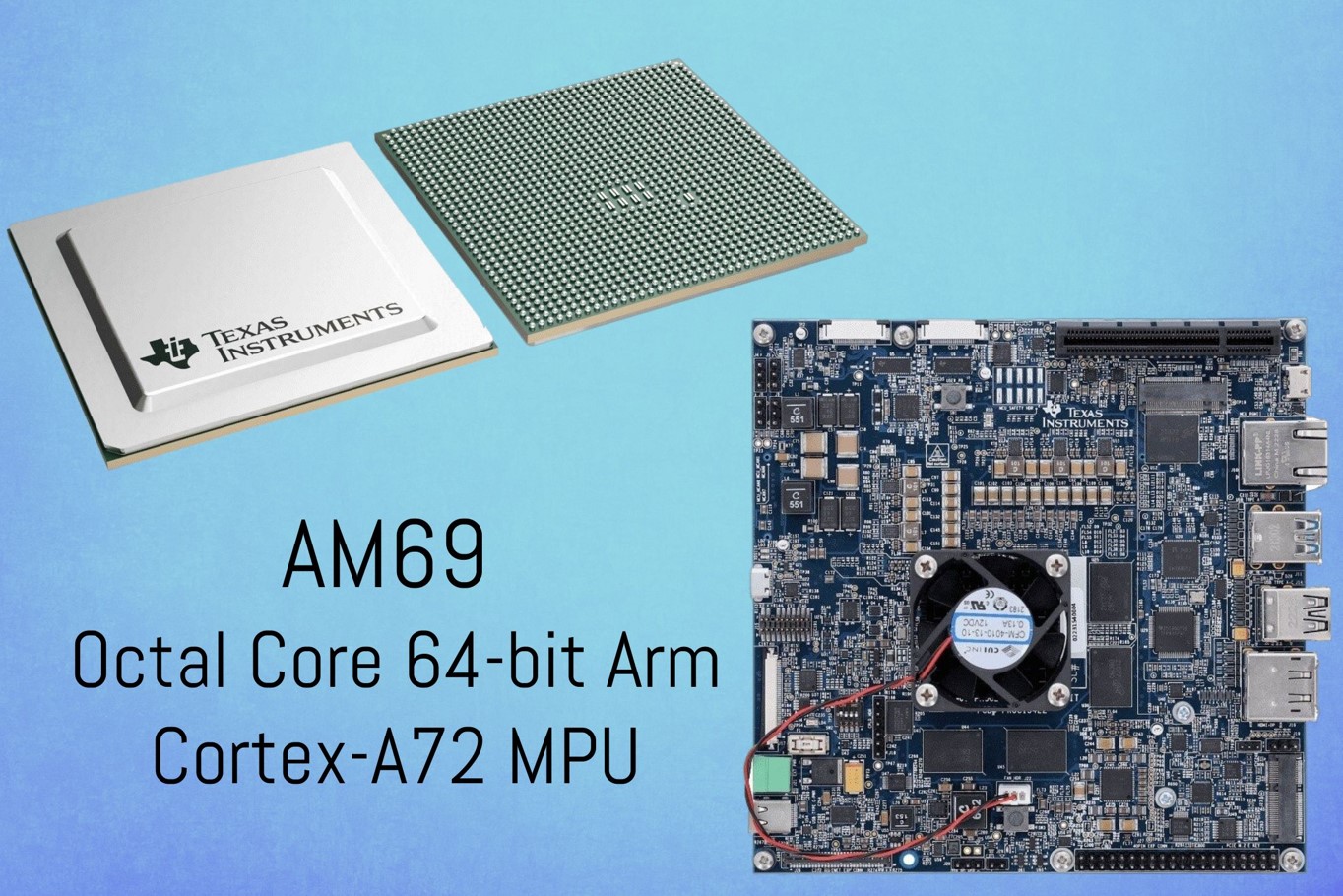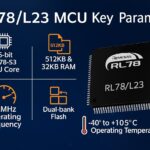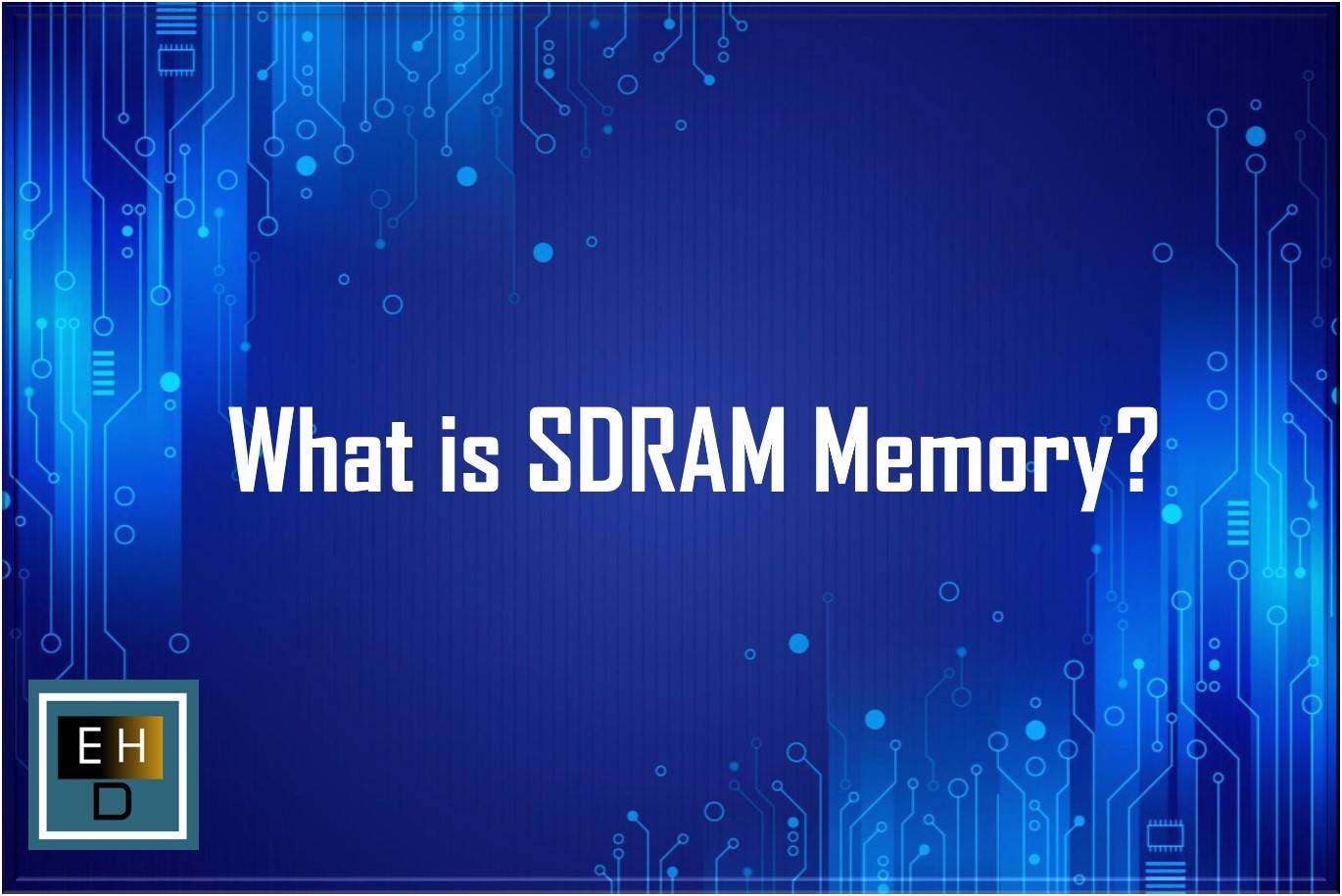In the ever-evolving world of microprocessors, Texas Instruments has once again pushed the boundaries with its latest release: the AM69 general-purpose octal core 64-bit Arm Cortex-A72 processor. This new processor is designed to deliver high performance and efficiency, making it an ideal solution for a variety of applications ranging from industrial automation to smart vision camera applications.

At the heart of the AM69 lies its powerful Arm Cortex-A72 CPU, which features eight cores capable of running at up to 2 GHz. This impressive configuration is supported by a 2MB shared L2 cache per quad-core Cortex-A72 cluster, and each core is equipped with a 32KB L1 D-Cache and a 48KB L1 I-Cache. This substantial processing power ensures that the AM69 can handle the most demanding computational tasks with ease.
The AM69 also boasts significant graphics acceleration capabilities. It includes one 3D graphics processing unit, the IMG BXS-4-64, which operates at up to 800 MHz and delivers 50 GFLOPS with a texture fill rate of 4 GTexels/s. This GPU supports modern APIs like OpenGL ES 3.1 and Vulkan 1.2, providing robust graphics performance for a variety of applications.
One of the standout features of the AM69 is its comprehensive display support. The processor can handle up to four displays simultaneously, with options for eDP, two DSI, and MIPI DPI interfaces. This flexibility makes it an excellent choice for complex display configurations in industrial PCs and human-machine interfaces.
The networking capabilities of the AM69 are equally impressive. It includes an integrated Ethernet MAC with an 8-port 1Gb switch, supporting high-speed data transfer and reliable network performance. Additionally, the processor supports PCIe Gen 3 with four PCIe switches, enabling high-speed peripheral connectivity.
In terms of video processing, the AM69 does not disappoint. It features two video encode/decode accelerators that support HEVC (H.265) and H.264 profiles, enabling 4K UHD resolution at up to 60 frames per second. This capability is crucial for applications requiring high-quality video output, such as video surveillance and traffic monitoring systems.
Security is a top priority for the AM69, which includes a range of features to ensure data protection and system integrity. These include cryptography, debug security, device identity, isolation firewalls, secure boot, secure storage, and software IP protection. The processor also supports a trusted execution environment, providing a secure platform for sensitive operations.
The AM69 is designed to operate across a wide temperature range, from -40 to 105°C, making it suitable for use in harsh industrial environments. It is powered by the TPS6594-Q1 power supply solution, which supports functional safety up to ASIL-D, ensuring reliable operation in safety-critical applications.
The processor’s architecture includes up to four Deep Learning Accelerators, each capable of performing up to 8 Trillion Operations Per Second (TOPS). This translates to a total of 32 TOPS, providing unparalleled performance for deep learning applications. Additionally, the processor features dual-core Arm Cortex-R5F MCUs for general compute and device management, enhancing its versatility and performance.
The multimedia capabilities of the AM69 are further enhanced by its advanced image signal processor (ISP) and vision processing accelerators (VPAC). These components support high-resolution image processing, wide dynamic range (WDR), lens distortion correction (LDC), and various output color formats. This makes the AM69 an ideal choice for machine vision cameras and other imaging applications.
Memory support is robust, with up to 8MB of on-chip L3 RAM with ECC and coherency, and up to four external memory interface modules supporting LPDDR4 memory types. This extensive memory capability ensures that the AM69 can handle large data sets and complex algorithms with ease.
The AM69 also includes high-speed serial interfaces, such as integrated Ethernet switch ports supporting up to 10Gbps speeds, USB 3.0 dual-role device (DRD) subsystem, and multiple PCI-Express Gen3 controllers. These interfaces provide the necessary bandwidth for data-intensive applications and ensure seamless connectivity with external devices.
In the automotive sector, the AM69 shines with its support for twenty Modular Controller Area Network (MCAN) modules with full CAN-FD support. This feature is crucial for modern automotive systems, enabling reliable communication between various electronic control units (ECUs).
The processor also includes several audio interfaces, flash memory interfaces, and other peripherals, making it a highly versatile and integrated solution for a wide range of applications. Its architecture is based on 16-nm FinFET technology, ensuring high performance and low power consumption.
The AM69’s comprehensive feature set and high-performance capabilities make it an ideal choice for a broad range of applications, including industrial automation, machine vision, smart agriculture, video surveillance, and more. Its scalable architecture and extensive integration enable developers to create cost-effective, high-performance solutions that meet the demands of modern technology.
the AM69 processor family represents a significant advancement in general-purpose computing, offering unparalleled performance, flexibility, and security. With its powerful Arm Cortex-A72 cores, advanced graphics and video capabilities, robust security features, and extensive connectivity options, the AM69 is poised to lead the market in a wide range of applications. Whether in industrial automation, smart vision, or other high-performance computing needs, the AM69 stands out as a versatile and powerful solution.
Texas Instruments has developed a starter kit for the AM69 processor, now available for purchase on their website. The SK-AM69 Starter Kit/Evaluation Module (EVM) is designed to support a wide range of embedded vision and AI applications on the edge, providing developers with a robust platform to explore the capabilities of the AM69 processor
Author Profile
- 20+ years embedded hardware design professional with a burning passion for teaching. Sharing the intricate world of embedded hardware is my mission and joy.
Latest entries
 Tech Updates30 November 2025STM32WBA6: The Next-Generation MCU Powering Secure Short-Range Wireless Designs
Tech Updates30 November 2025STM32WBA6: The Next-Generation MCU Powering Secure Short-Range Wireless Designs Blogs24 November 2025High-Speed PCB Layout Design Guide-104
Blogs24 November 2025High-Speed PCB Layout Design Guide-104 Tech Updates14 September 2025Renesas Launches RL78/L23 Ultra-Low-Power MCUs to Power Smarter Home Appliances
Tech Updates14 September 2025Renesas Launches RL78/L23 Ultra-Low-Power MCUs to Power Smarter Home Appliances Blogs7 September 2025High-Speed PCB Layout Design Guide-103
Blogs7 September 2025High-Speed PCB Layout Design Guide-103











